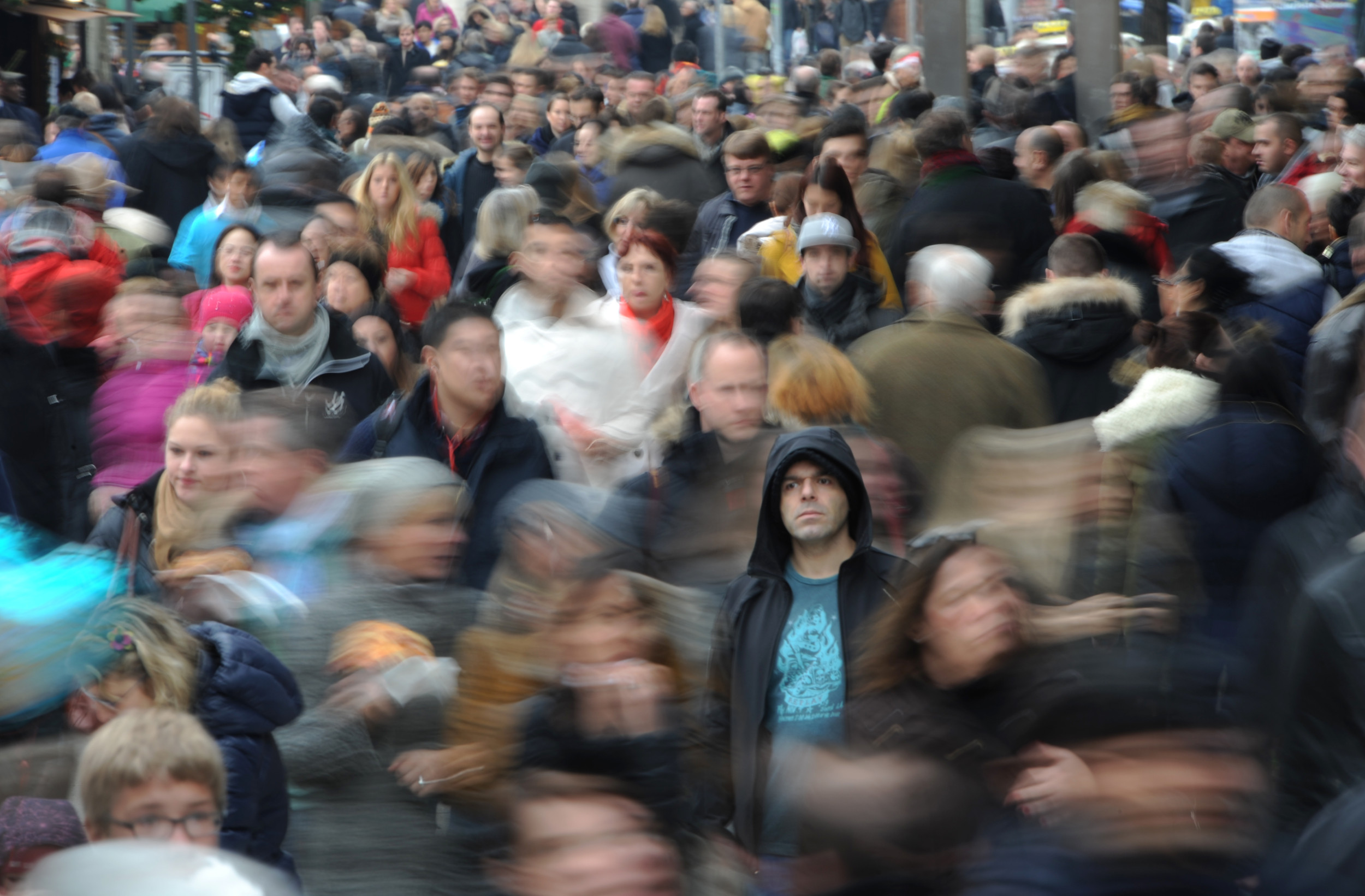Summary
Europe’s population is projected to peak at 453.3 million in 2026 before declining to 419.5 million by 2100, reducing the EU’s share of the global population to 4.1%.
The decline stems from low fertility rates (1.52 births per woman) and aging demographics, with migration failing to offset workforce reductions.
Experts recommend strategies like increasing workforce participation, particularly among women and older adults, and improving migrant integration.
Reversing the trend seems unlikely, but experts suggest adapting to demographic shifts, viewing them as part of historical cycles of population growth and decline.



So we’ve given up on making family and career compatible, I see. Test tubes babies it is, then.
Migration won’t help long-term btw the last big countries (e.g. Nigeria) are going to have their demographic transition around 2050, themselves starting to shrink. Ultimately there’s no way around getting birth rates up to hovering around 2, again, and with that I don’t mean “we can’t have fewer or more people on the earth” – both is absolutely doable. The issue is the absolute havoc that too large or too small (net, that is, modulo infant mortality) birthrates have on society: Either you have a young powderkeg, or old, stagnant, gerontocracy. Social stability (as in homeostasis, not stagnation) requires the birth rate to be within a sensible band.